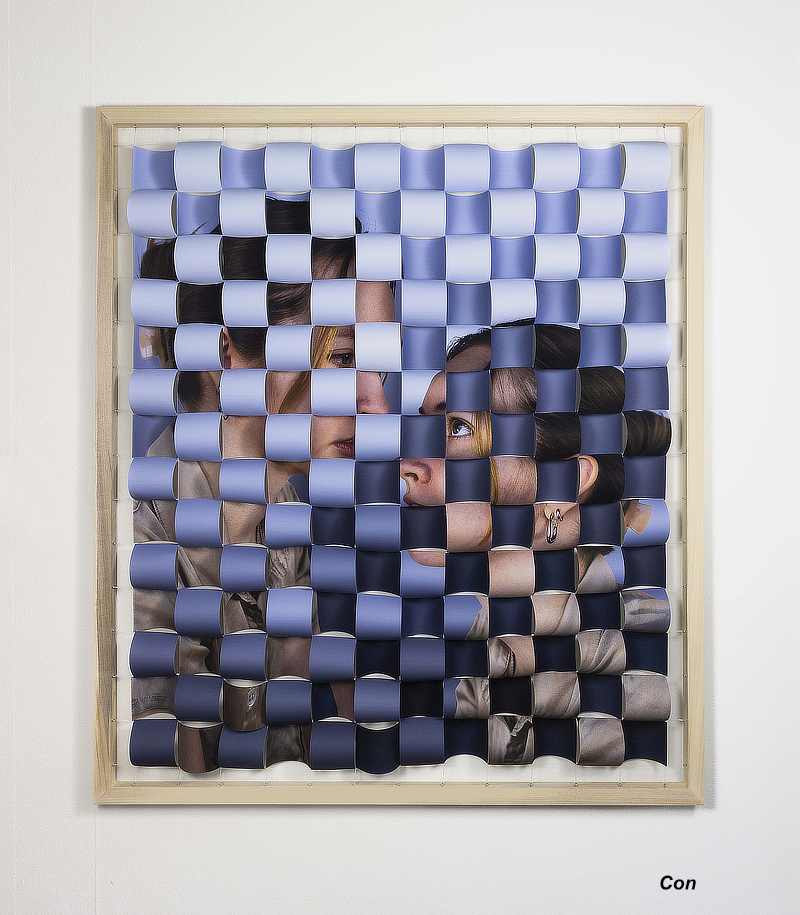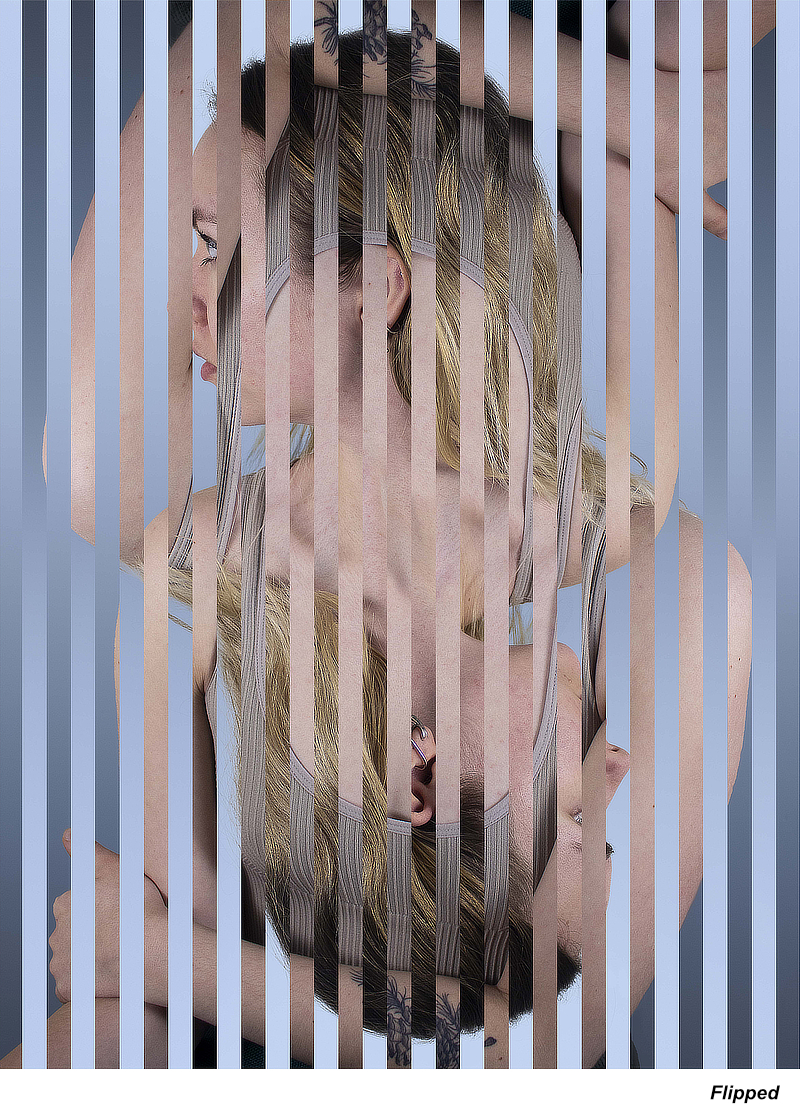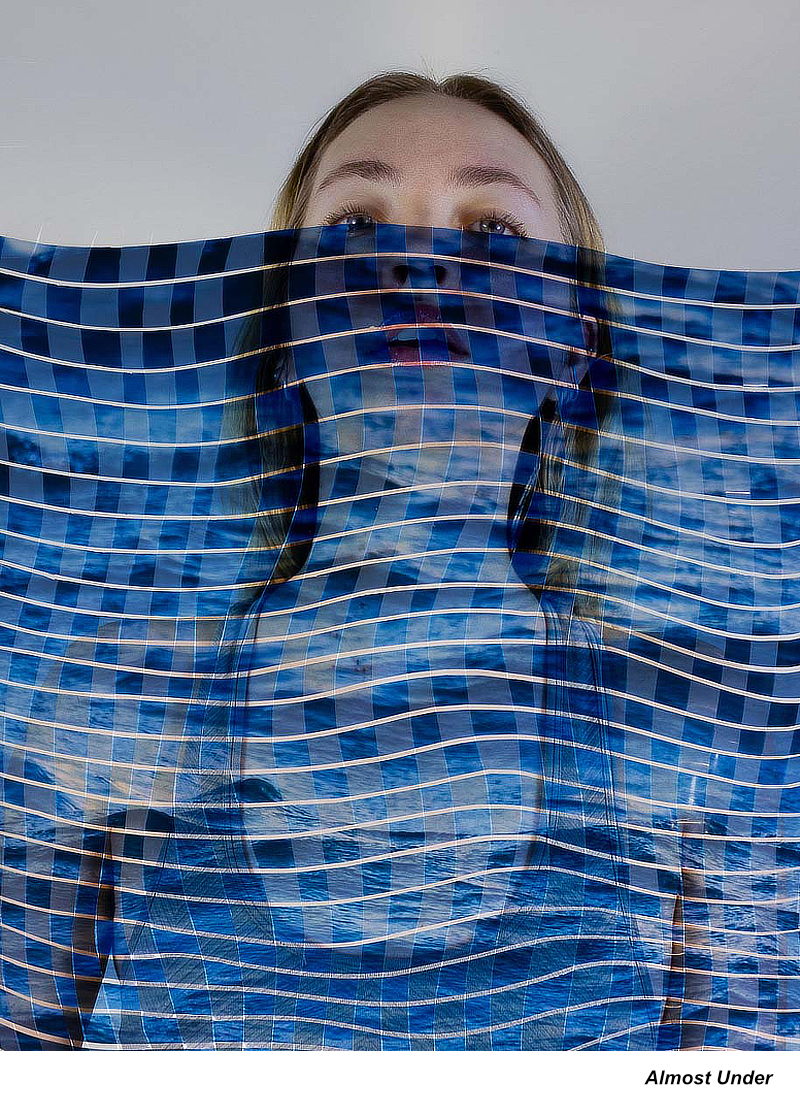
Tell a little bit about how you first got into creating art.
I grew up in a family that fostered creativity and strongly supported my artistic endeavors. My father, a meticulous individual, exclusively uses a ruler in his drawings, emphasizing precision and structure. My mother, on the other hand, is an avid basket weaver and knitter, which has deeply influenced my approach to tactile and intricate work. Their distinct but complementary creative practices have shaped my own art, especially as I have recently immersed myself in weaving. I find great joy in incorporating patterns into my pieces, drawing inspiration from both their techniques and the idea of structure and repetition.

The central theme of my work revolves around the environment and the intricate connection between humans and the natural world
What artists or movements have had an impact on you?
The artists and movements that have had the most significant impact on my work span a variety of genres and themes, particularly those that explore the intersection of nature, identity, and social advocacy. The Environmental Art movement, with figures like Robert Smithson and Andy Goldsworthy, has influenced my deep connection to nature and the urgency I feel to address environmental issues through art. The Feminist Art movement, including artists like Judy Chicago and Barbara Kruger, has inspired my exploration of gender and advocacy, encouraging me to use my art to amplify voices and challenge societal norms. These movements align with my desire to create work that advocates for both human rights and environmental preservation.
What is your source of inspiration?
I draw significant inspiration from my late uncle, David Malinsky, and the natural environment. Malinsky, an avid hiker, was particularly captivated by Bristlecone Pine trees, often photographing and writing about them. His deep reverence for these trees has profoundly influenced my practice. I share a similar sense of reciprocity with the natural world and strive to advocate for it through my art, channeling the same passion and respect that my uncle had for these magnificent trees.

What themes does your work involve?
The central theme of my work revolves around the environment and the intricate connection between humans and the natural world. I believe we stand at a critical crossroads, where urgent action is needed to redefine how we care for the Earth, the very source of our sustenance. Through my art, I strive to raise awareness of this pressing issue and inspire a deeper, more mindful connection to nature. Recently, I’ve also been exploring portraiture and delving into feminist advocacy, seeking to amplify voices and highlight the importance of gender equality in my work.
What is important to you about the visual experiences you create?
Through my work, I aim to advocate for those who may not have a voice, as well as for the environment, which cannot speak for itself. My hope is that viewers connect with my pieces on a personal level and, in doing so, feel seen and heard. Ultimately, I want my art to inspire reflection and action, fostering a deeper sense of empathy and responsibility towards both humanity and the natural world.
Do you work from memory, life, photographs, or from other resources? Describe your creative process.
Recently, my primary focus has been on photo weavings. In these pieces, I begin by capturing photographs, then edit and cut them into strips, which I weave together. I work with a variety of materials, including matte photo paper and Pictorico, a transparent film, to create unique textures and layers within the artwork. This process allows me to explore the intersection of photography and tactile craftsmanship.


